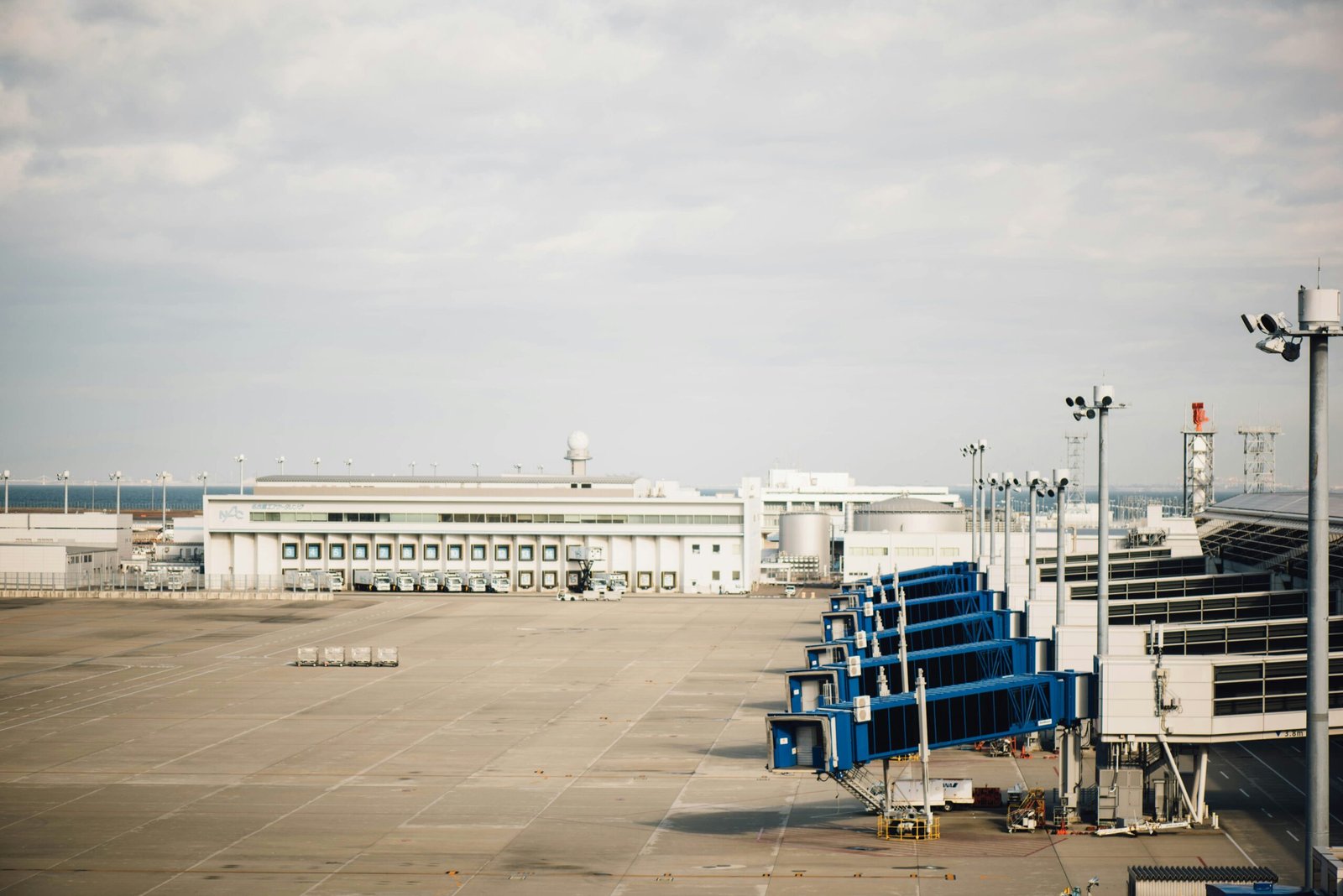Overview of Dallas Airport
Dallas/Fort Worth International Airport (DFW) stands as a pivotal entity within the aviation landscape of the United States, consistently ranking among the busiest airports in the country. Located strategically between the cities of Dallas and Fort Worth, the airport benefits from an advantageous geographical position that serves as a critical junction for both domestic and international air travel. The proximity to major highways and urban centers enhances accessibility, making DFW an essential gateway for millions of travelers each year.
As of the latest data, DFW encompasses five terminals, each designed to cater to various airlines and flight services. The terminals are well-equipped with modern amenities and facilities that facilitate a seamless travel experience for passengers. With over 200 gates, the airport supports a substantial volume of flight operations, showcasing its operational scale and capacity to manage extensive passenger traffic.
In terms of numbers, DFW is a major hub for connecting flights, boasting an impressive record of more than 75 million passengers annually. The airport accommodates an extensive range of domestic and international flights, contributing significantly to its status as a central node within the global air transportation network. Notably, airlines such as American Airlines have established a significant presence at DFW, further solidifying its role as an influential player in the industry.
The airport’s commitment to operational efficiency and customer satisfaction is evident in the continual enhancements and expansions made to its facilities. Overall, Dallas/Fort Worth International Airport serves not only as a crucial transit point for travelers but also as a vital economic engine for the region, reinforcing its importance in the broader aviation sector.
Major Airlines Operating at DFW
Dallas/Fort Worth International Airport (DFW) serves as a vital hub for several airlines, with American Airlines leading the charge as one of the largest carriers in the world. American Airlines has a significant presence at DFW, offering numerous daily flights to various domestic and international destinations. This extensive network not only helps facilitate travel for millions but also contributes to the airport’s overall busyness. Beyond American Airlines, Southwest Airlines also plays a critical role, operating many routes primarily focused on domestic travel. Known for its budget-friendly fares and a unique boarding process, Southwest helps maintain a high frequency of flights, which is essential for the busy atmosphere of DFW.
In addition to these major players, airlines such as Delta Air Lines, United Airlines, and Alaska Airlines also contribute to the bustling environment at Dallas Airport. Delta and United share a robust presence, serving numerous routes across the United States and beyond. Their offerings include various services ranging from basic economy to premium class experiences. Moreover, Alaska Airlines expands the choice of destinations with its routes focused on the West Coast and parts of Alaska, catering to specific traveler demographics.
These airlines collectively account for a significant market share at DFW, enhancing its role as a central travel hub in the United States. The variety of flights available from these major airlines enables travelers to have options tailored to their preferences, whether they seek convenience, cost-effectiveness, or additional services. As DFW continues to grow in traffic and prominence, the strategic positioning and operational efficiency of these airlines will remain crucial in shaping the airport’s dynamics and accommodating its ever-increasing volume of passengers.
Passenger Experience and Traffic Patterns
The passenger experience at Dallas Airport, officially known as Dallas/Fort Worth International Airport (DFW), can vary significantly depending on various factors such as the time of day and the season. As one of the busiest airports in the United States, DFW witnesses a complex interplay of traffic patterns, reflecting the influx of travelers. Peak travel seasons, such as summer and the holiday period, lead to heightened passenger volumes, which can influence wait times and overall experiences within the airport. During these busy periods, travelers may encounter longer queues at security checkpoints and increased foot traffic navigating the terminal.
The layout of Dallas Airport is designed to facilitate smooth passenger flow, comprising five terminals—A through E—each of which caters to different airlines and routes. This structured design aims to enhance passenger convenience by providing clear signage and navigation aids. However, during peak times, even the best layout can become congested. Average wait times at security checkpoints can fluctuate significantly; during non-peak hours, travelers might experience minimal delays, while rush hours could see wait times extend beyond 30 minutes.
Amenities at DFW Airport contribute significantly to the overall passenger experience. The airport features a range of dining options, retail shops, and comfortable seating areas intended to enhance passenger comfort while waiting for flights. Notably, the airport’s focus on customer service is evident through its helpful staff and informative kiosks. Furthermore, the airport has embraced technology, offering free Wi-Fi, mobile charging stations, and real-time flight updates, which collectively improve the journey for passengers.
Understanding traffic patterns at Dallas Airport is crucial for anticipating passenger needs. The surge of travelers during peak hours necessitates effective operational strategies to ensure efficiency. By evaluating the fluctuating volume of passengers and their experiences, DFW Airport continues to refine its services, striving to maintain its status as a leading international travel hub.
Future Trends and Considerations
The future of Dallas Airport is poised for significant developments that will inevitably impact air traffic and overall operations. With passenger growth anticipated, a focus on expansions will be paramount. The airport management is currently exploring options to enhance infrastructure, which may include the addition of new terminals, expanded runway capacities, and improved access roads. These expansions will not only accommodate a surge in passenger numbers but also streamline operations for airlines that are continuously evolving.
Technological advancements represent another vital component of the future landscape at Dallas Airport. Innovations such as biometrics for smoother check-in processes, real-time baggage tracking, and enhanced security features are likely to enhance the passenger experience significantly. As airlines increasingly adopt cutting-edge technologies, the airport must align its systems to support these initiatives, maintaining efficiency and improving service quality. Furthermore, the integration of advanced data analytics could allow for better traffic management, leading to reduced congestion and improved punctuality for both airlines and their passengers.
The strategies employed by airlines themselves will also shift, reflecting the changing dynamics of the aviation sector. Many airlines are focusing on sustainability, exploring eco-friendly fuel alternatives, and modifying their fleet to include more energy-efficient aircraft. As a major hub, Dallas Airport will need to adapt to these trends, fostering partnerships with airlines to support environmental responsibilities while maintaining operational efficiency.
In essence, the evolution of air travel in Dallas is a multifaceted endeavor. With anticipated passenger growth, major expansions and technological enhancements, along with strategic airline adjustments, the future does appear bright for Dallas Airport. The ongoing commitment to adaptation and modernization will ensure that it remains a vital and efficient gateway for travelers.

